26 x 41.5 at sight
41 x 56 with frame
signed lower right
Jean Toth, born July 28, 1900 in Enying, Hungary and died March 25, 1967 in Paris, is a French painter and draftsman of Hungarian origin. From his teenage years, he distinguished himself as a talented mazurka dancer, but his true passion lay in painting. At the age of 19, he left Hungary, crossed Poland and settled in Paris in 1921. He attended the Académie de la Grande Chaumière in Montparnasse, where he rubbed shoulders with artists such as Antoine Bourdelle and Roger Bissière. Jean Toth became known in the first half of the 20th century for his drawings and watercolours dedicated to dance, a constant source of inspiration throughout his career. In the 1930s, he produced a series of works for the Opéra Garnier, illustrating his fascination with the movement and grace of dancers. In 1939, he joined the Foreign Legion and was sent to Colomb-Béchar. Demobilized in 1940, he spent the early years of World War II in Roanne, then returned to Paris in 1943. After the war, he continued his work as a painter of dance in his studio on rue Vercingétorix and collaborated with various artists, including the porcelain decorator Camille Le Tallec. Jean Toth's works are featured in numerous collections in France and abroad. The Paris Opera acquired nearly 250 of his drawings and paintings for its library and paid tribute to him after his death. Notable exhibitions include "Les visages de la danse" in 1948 at the Galerie Barbedienne in Paris, and a posthumous exhibition entitled "Hommage à la danse" in 2010 at the Galerie Broomhead Junker in Deauville. Jean Toth remains an important figure in 20th-century French painting, celebrated for his ability to capture the essence and energy of dance through his works.




























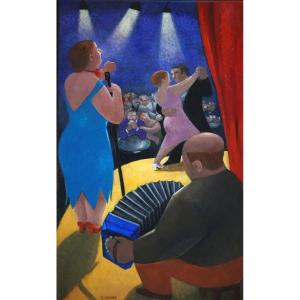


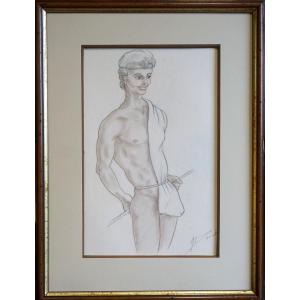

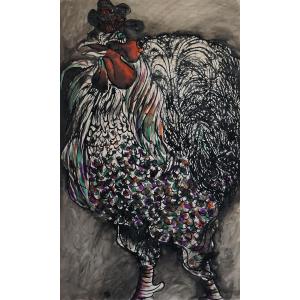









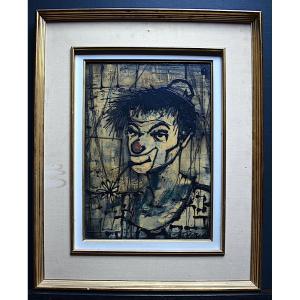
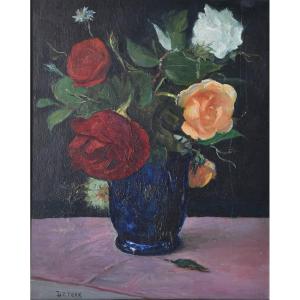
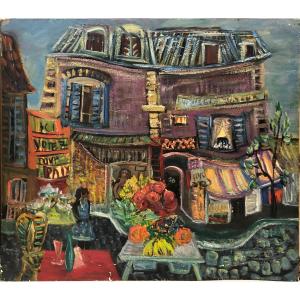




 Le Magazine de PROANTIC
Le Magazine de PROANTIC TRÉSORS Magazine
TRÉSORS Magazine Rivista Artiquariato
Rivista Artiquariato